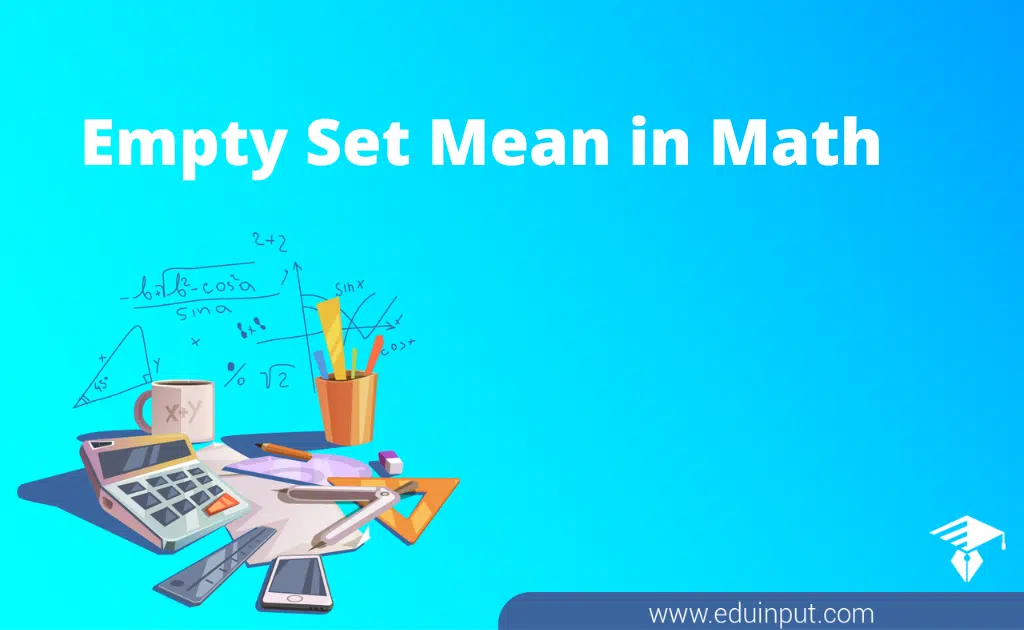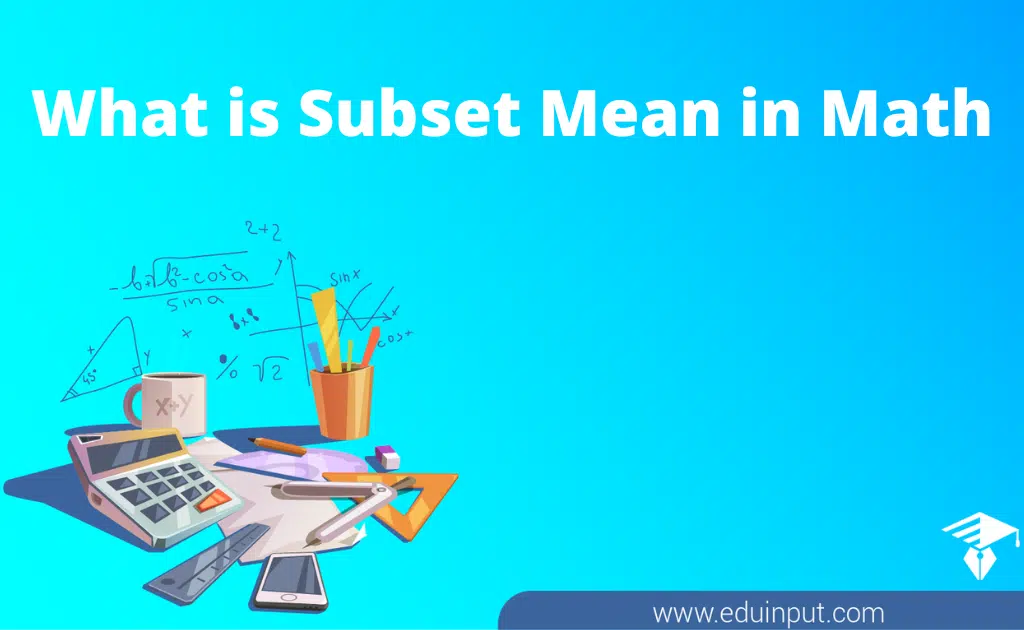What is a Power Set Mean in Math?-Definition, And Properties
A power set includes all the subsets of a given set including the empty set. The power set is represented by the notation P(A) and the number of elements of the power set is given by 2n. A power set can be imagined as a placeholder of all the subsets of a given set, or, in other words, the subsets of a set are the elements of a power set.
A set, in simple words, is a collection of different objects. If there are two sets A and B, then set A will be the subset of set B, if all the members of set A are present in set B. Let us learn more about the properties of the power set.
What is a Power set?
A power set is defined as the set of all subsets for any given set, including the empty set, which is represented by {}, or, ϕ. A set that has ‘n’ members has 2n subsets in all.
For example:
Let Set A = {3,4,5}, therefore, the total number of members in the set is 3. Therefore, there are 23 =2x2x2=8 members in the power set. Let us determine the power set of set A.
Set A = {3,4,5}
Subsets of set A = {}, {3}, {4}, {5}, {3,4}, {3,5}, {4,5}, {3,4,5}
Power set P(A) = { {}, {3}, {4}, {5}, {3,4}, {3,5}, {4,5}, {3,4,5} }
Properties of power set
A power set is a set that has a list of all the subsets of a given set. The power set which is represented by P(A) with ‘n’ elements has the following properties:
- The total number of members of a set is 2n.
- An empty set is a definite member of a power set.
- The power set of an empty set has only one element.
- The power set of a set with a finite number of elements is finite.
For example, if set X = {b,c,d}, the power sets are countable.
- The power set of an infinite set has an infinite number of subsets.
The power set of the empty set
The power set of an empty set also has an element. We know that if the number of elements in a set is ‘n’, then there will be 2n elements in the power set. The empty set is a set with no elements. It is represented by { } or the symbol Ø. This implies, that { } is a subset of every set. An empty set does not contain any element. Therefore, the power set of the empty set is an empty set only.
We just read that an empty set does not contain any elements, this means the power set of the empty set will contain 20 elements. Therefore, the power set of the empty set is an empty set with one element, i.e., 20 = 1. So, P(E) = {}.
Power set proof:
Let us see how a set containing ‘n’ members has a power set that has 2n members. In other words, the cardinality of a finite set A with ‘n’ elements is |P(A)| = 2n. The proof of the power set follows the pattern of mathematical induction. To start with, let us consider the case of a set with no members or an empty set.
- A set with no elements. Let A = {}.
- Here, the power set of A, which is represented by P(A) = {} and the cardinality of the power set of A = |P(A)| = 1, since there is only one member, which is the empty set. Also, by the formula of the cardinality of a power set, there will be 2n power sets, which are equal to 20 or 1.
- The cardinality of a set is the total number of members in the set. A power set contains all the subsets of a set. The total number of subsets for a set of ‘n’ members is given by 2n. Since the subsets of a set are the members of a power set, the cardinality of a power set is given by |P(A)| = 2n.
Here, n = the total number of members in the given set.
For example:
Set A = {1,2}; n = 2
|P(A)| = 2n = 22 = 4.
Subsets of A = {}, {1},{2},{1,2}
Therefore, P(A) = 4.






Leave a Reply